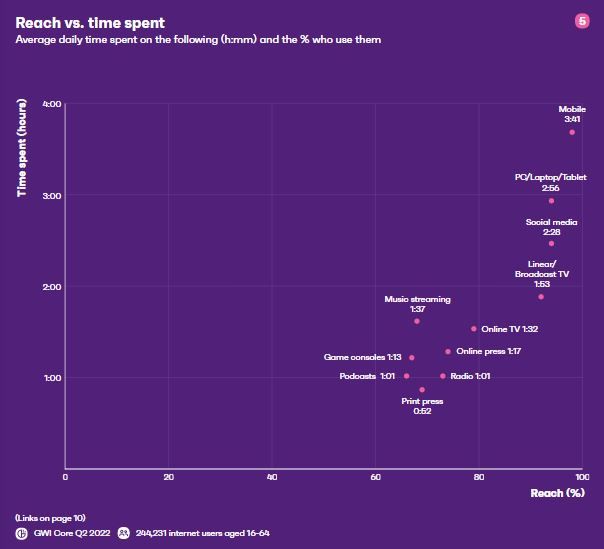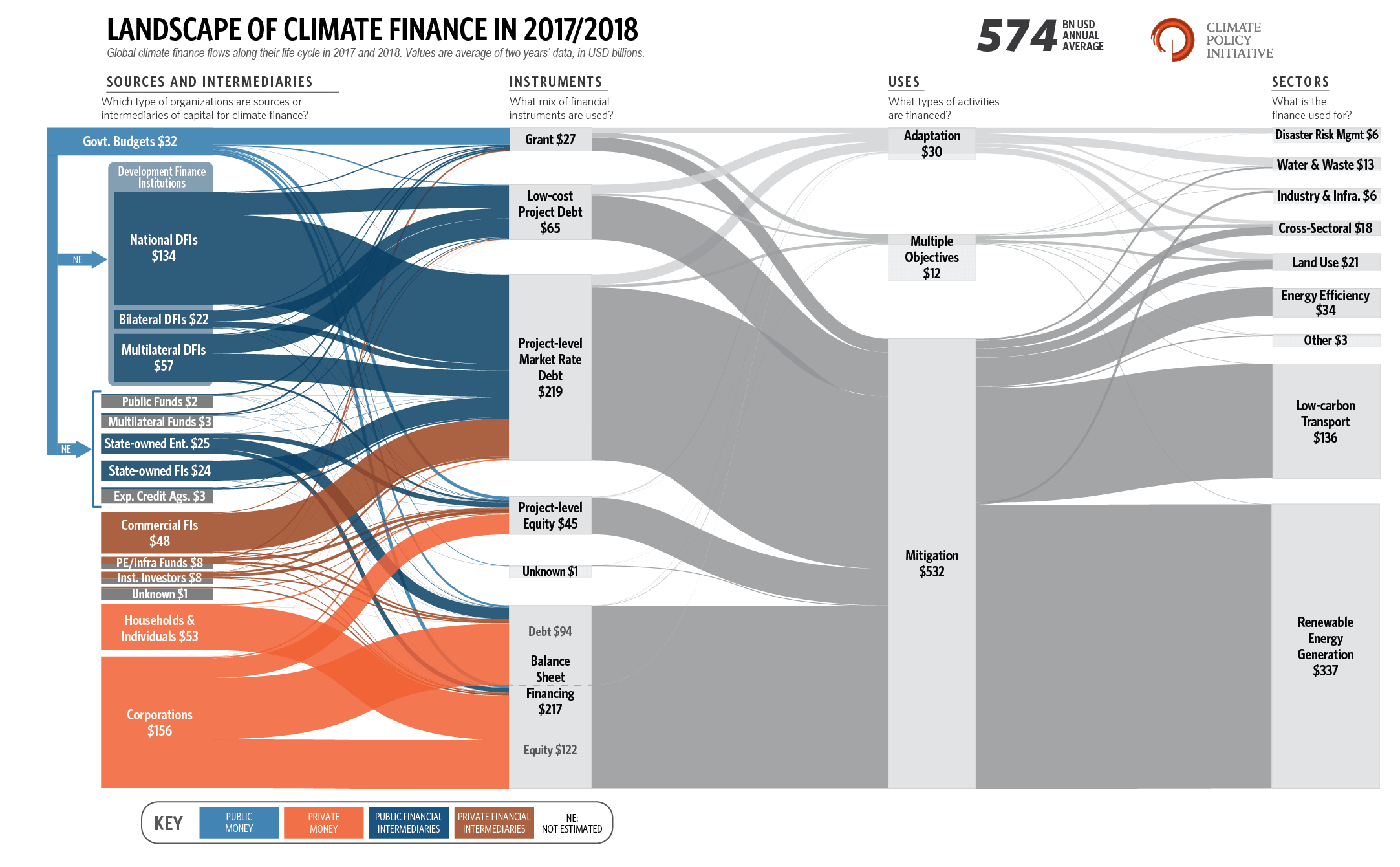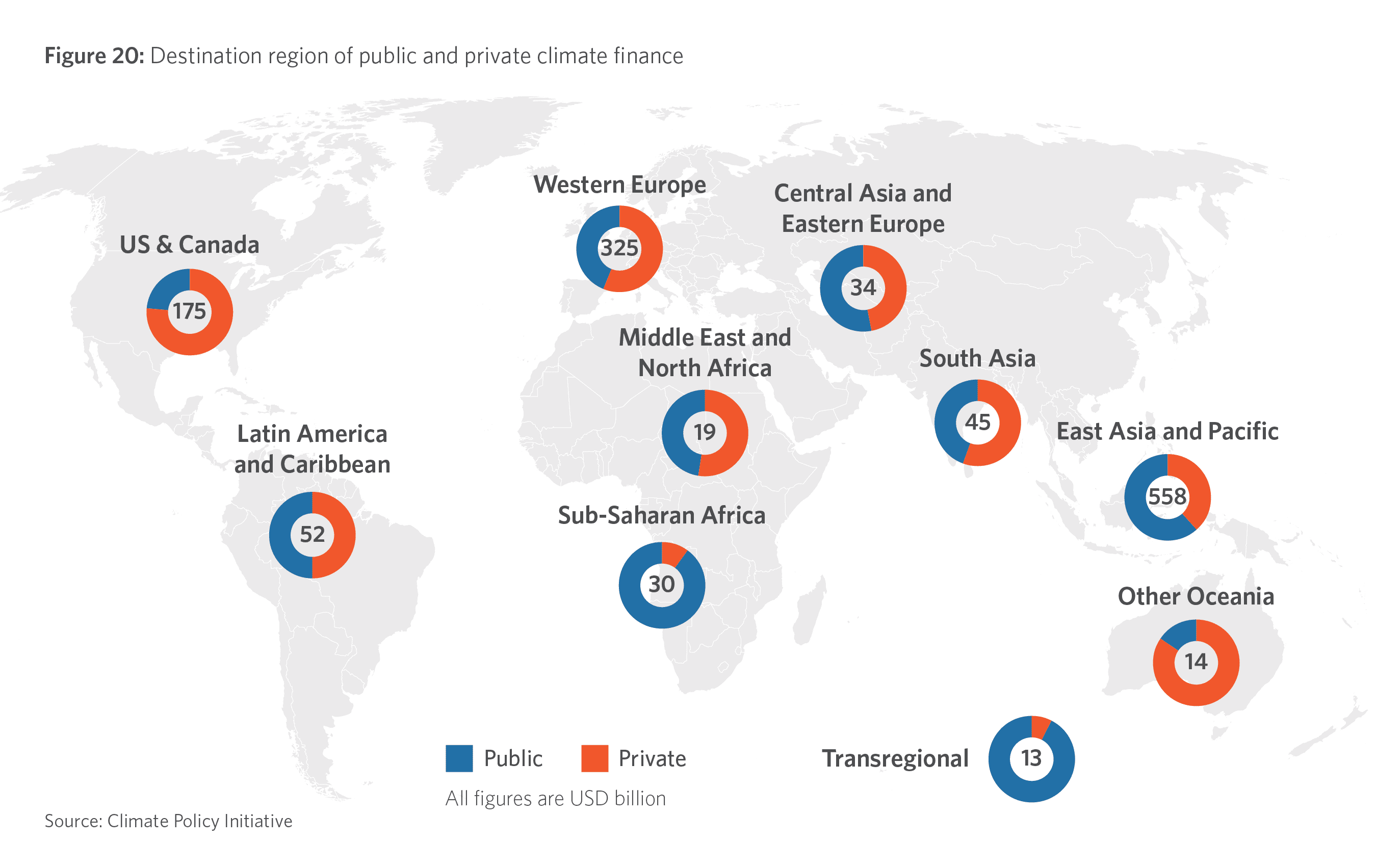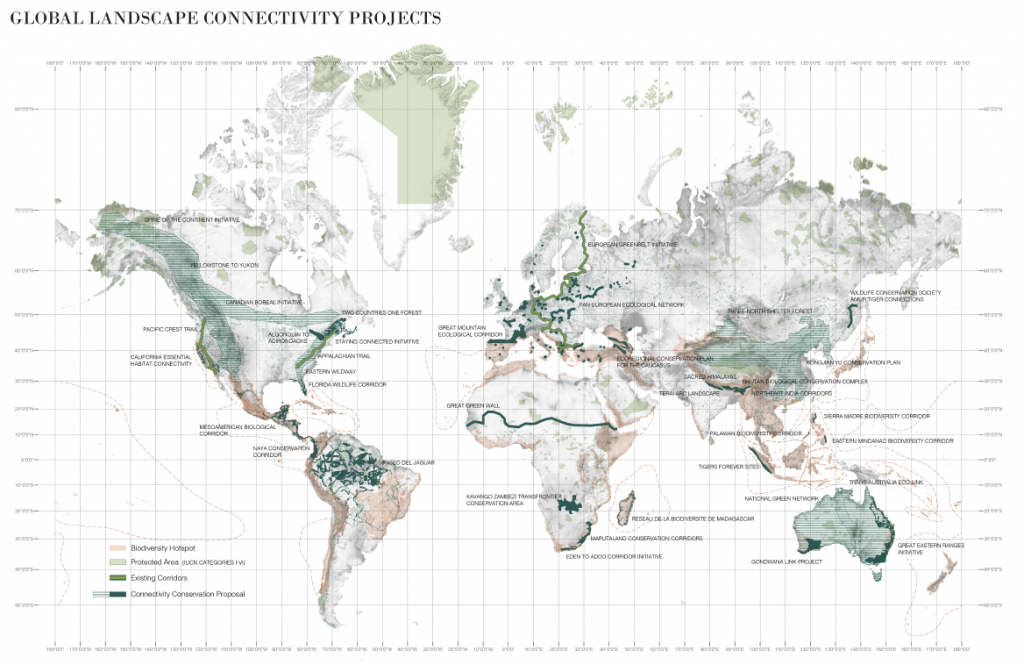The Global Landscape of Work: A Comprehensive Overview
Related Articles: The Global Landscape of Work: A Comprehensive Overview
Introduction
With enthusiasm, let’s navigate through the intriguing topic related to The Global Landscape of Work: A Comprehensive Overview. Let’s weave interesting information and offer fresh perspectives to the readers.
Table of Content
The Global Landscape of Work: A Comprehensive Overview

The world of work is a dynamic and ever-evolving landscape, shaped by technological advancements, globalization, and demographic shifts. Understanding the diverse array of jobs across the globe is crucial for comprehending the global economy, navigating career opportunities, and appreciating the interconnectedness of human endeavors. This comprehensive overview explores the current state of jobs around the world, delving into key trends, emerging sectors, and the challenges and opportunities that define the global workforce.
Key Trends Shaping the Global Job Market:
- Technological Disruption: Automation, artificial intelligence, and the rise of digital platforms are transforming industries, creating new roles while displacing others. This rapid technological evolution necessitates continuous learning and adaptation for workers worldwide.
- Globalization and Interconnectedness: The interconnectedness of the global economy has led to increased outsourcing, offshoring, and international collaboration. This trend presents both opportunities for workers seeking global experiences and challenges for those facing competition from overseas labor.
- Demographic Shifts: Aging populations in developed countries coupled with rapid growth in emerging economies are reshaping the global workforce. This demographic shift necessitates strategies for attracting and retaining skilled workers, particularly in sectors facing labor shortages.
- Sustainability and Green Jobs: Growing awareness of environmental challenges has spurred the development of green jobs in renewable energy, sustainable agriculture, and environmental conservation. These sectors offer promising career paths for individuals seeking to contribute to a more sustainable future.
- The Gig Economy and Freelancing: The rise of online platforms has fostered a growing gig economy, where individuals undertake short-term projects or freelance work. This trend offers flexibility and autonomy but also raises concerns about job security and worker rights.
A Global Snapshot of Key Sectors:
1. Technology: The technology sector continues to be a major driver of job creation, with roles ranging from software development and data analysis to cybersecurity and artificial intelligence. The demand for skilled tech workers remains high, particularly in emerging economies where technological infrastructure is rapidly expanding.
2. Healthcare: Aging populations and increasing healthcare needs worldwide have created a growing demand for healthcare professionals, including doctors, nurses, pharmacists, and medical technicians. This sector offers stable employment and opportunities for specialization in various medical fields.
3. Education: With a global focus on improving education systems, the demand for teachers, educators, and researchers is increasing. This sector provides opportunities for individuals passionate about shaping the next generation and fostering knowledge creation.
4. Manufacturing: While automation has led to job displacement in some manufacturing sectors, the industry is undergoing a transformation towards advanced manufacturing, robotics, and Industry 4.0 technologies. These developments are creating new roles for skilled workers in areas such as automation engineering, robotics programming, and data analytics.
5. Renewable Energy: The transition towards a greener future has spurred the growth of the renewable energy sector, creating opportunities for engineers, technicians, and project managers in solar, wind, and other renewable energy technologies.
6. Tourism and Hospitality: The tourism industry remains a significant employer worldwide, offering roles in hospitality, travel, and leisure. This sector is particularly important in developing countries, contributing to economic growth and local employment.
7. Agriculture: Agriculture continues to be a major source of employment, particularly in developing countries. The sector is undergoing modernization with advancements in precision agriculture, biotechnology, and sustainable farming practices, creating new opportunities for skilled workers.
Challenges and Opportunities in the Global Job Market:
1. Skills Gap: The rapid pace of technological change has created a skills gap, with many workers lacking the necessary training and qualifications for emerging jobs. Bridging this gap requires investment in education and training programs, particularly in areas like STEM (Science, Technology, Engineering, and Mathematics).
2. Inequality and Social Mobility: While the global economy has created opportunities for some, many workers face challenges related to poverty, inequality, and limited access to education and healthcare. Addressing these issues requires policies that promote inclusive growth and social mobility.
3. Job Security and Worker Rights: The gig economy and the rise of temporary and contract work have raised concerns about job security and worker rights. Ensuring fair wages, benefits, and protections for all workers is crucial for a just and equitable global labor market.
4. Environmental Sustainability: The global workforce must adapt to the challenges of climate change and environmental degradation. Investing in green jobs, promoting sustainable practices, and developing innovative solutions are essential for a sustainable future.
FAQs about Jobs Around the World:
- What are the most in-demand jobs globally? The most in-demand jobs globally are often in the technology, healthcare, and renewable energy sectors. These industries are experiencing rapid growth and require a skilled workforce to meet increasing demand.
- How are technological advancements impacting the global job market? Technological advancements are creating new jobs in areas like data science, artificial intelligence, and cybersecurity, but also displacing workers in traditional industries. This necessitates continuous learning and adaptation for workers to remain competitive.
- What are the challenges facing the global workforce? The global workforce faces challenges like skills gaps, inequality, job security, and environmental sustainability. Addressing these challenges requires collaboration between governments, businesses, and workers to create a more equitable and sustainable future.
- How can individuals prepare for the future of work? Individuals can prepare for the future of work by investing in continuous learning, developing in-demand skills, and adapting to changing job market trends. Networking and building connections within their chosen fields are also important.
Tips for Navigating the Global Job Market:
- Develop in-demand skills: Identify skills that are in high demand in your chosen field and invest in training or education to acquire them.
- Embrace lifelong learning: The job market is constantly evolving, so it is essential to stay updated on the latest trends and technologies.
- Network and build connections: Attend industry events, join professional organizations, and connect with individuals in your chosen field.
- Be adaptable and flexible: Be open to new opportunities and be willing to adapt to changing job requirements.
- Consider global opportunities: Explore job opportunities in different countries and regions, expanding your horizons and gaining valuable experience.
Conclusion:
The global landscape of work is complex and dynamic, shaped by technological advancements, globalization, and demographic shifts. Understanding the key trends and challenges facing the global workforce is crucial for navigating career opportunities and contributing to a more equitable and sustainable future. By investing in education and training, embracing lifelong learning, and fostering collaboration between governments, businesses, and workers, we can create a global job market that offers opportunities for all.







Closure
Thus, we hope this article has provided valuable insights into The Global Landscape of Work: A Comprehensive Overview. We hope you find this article informative and beneficial. See you in our next article!

